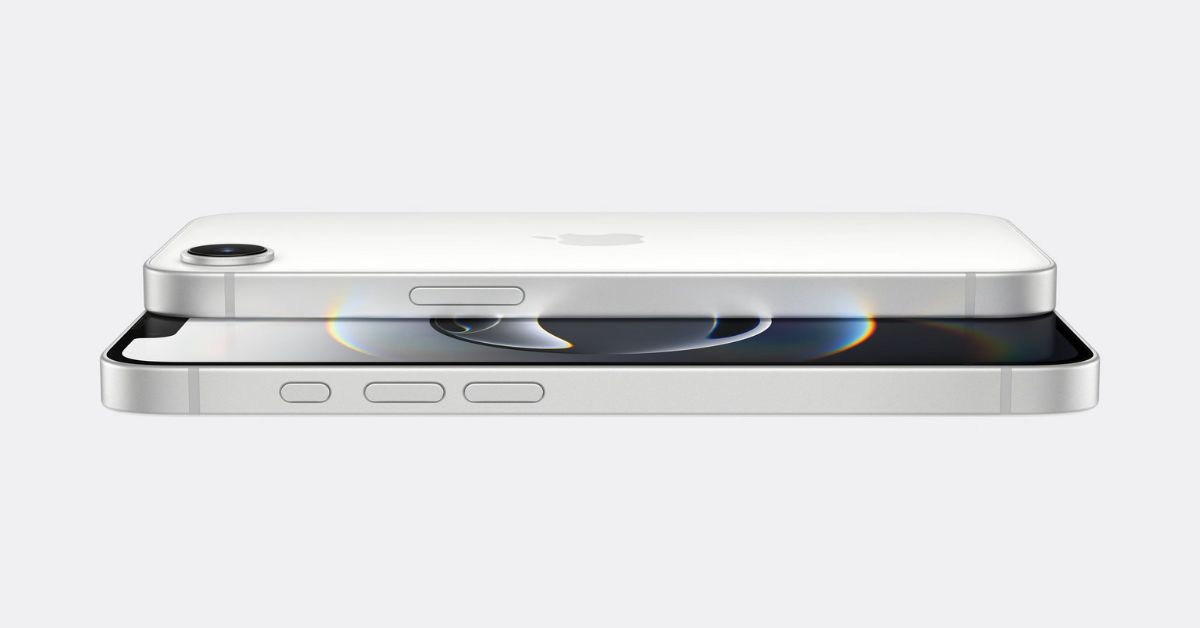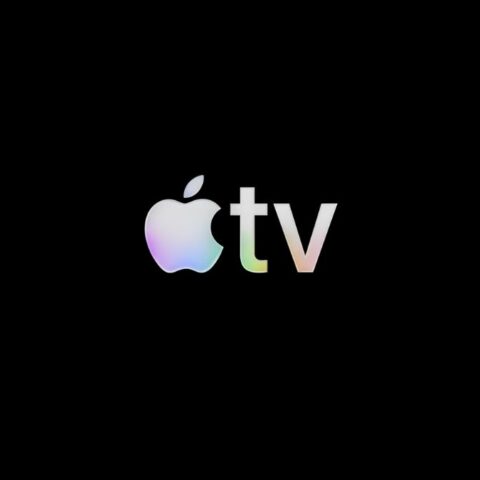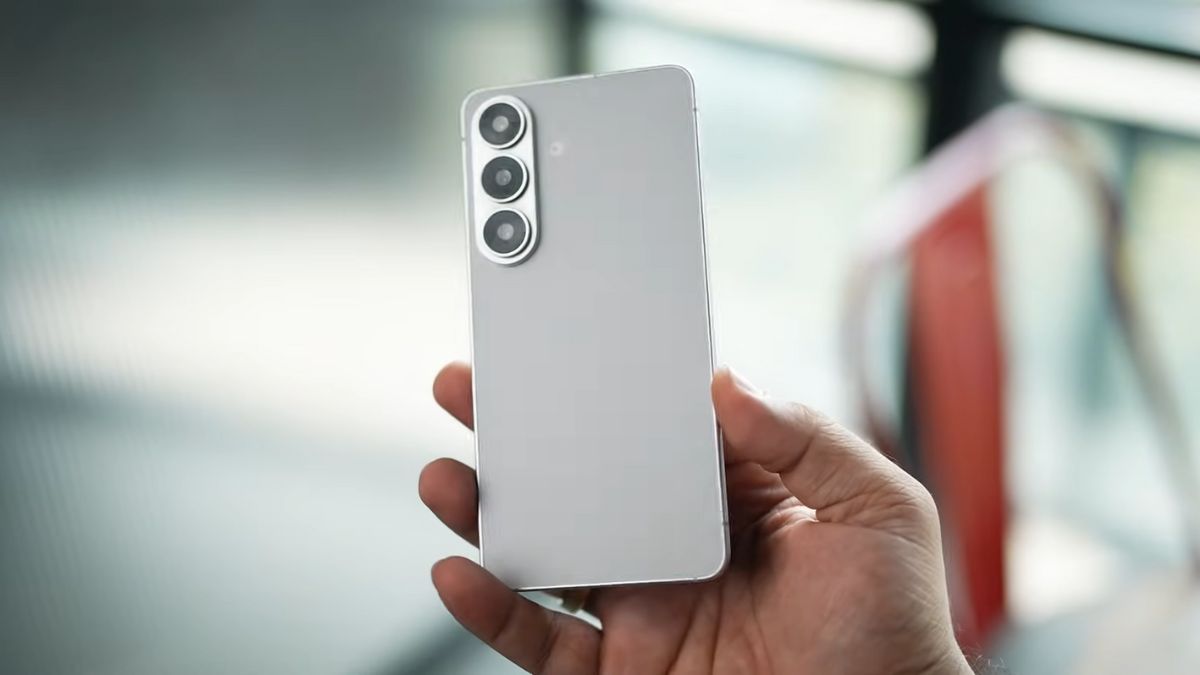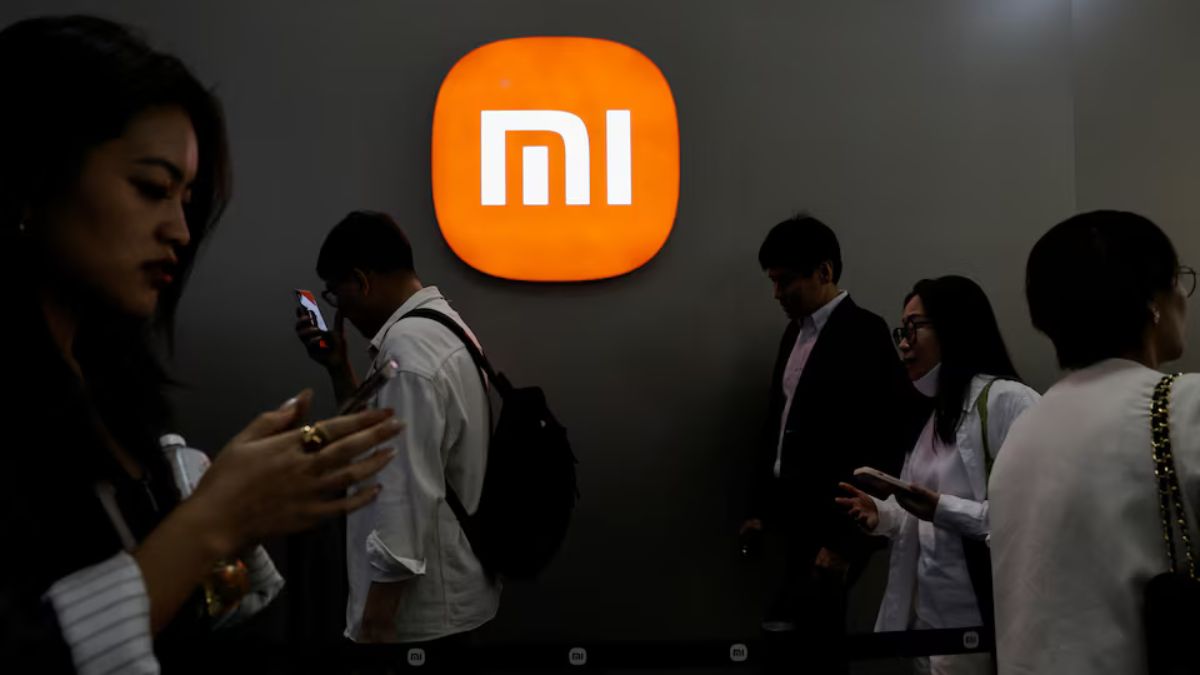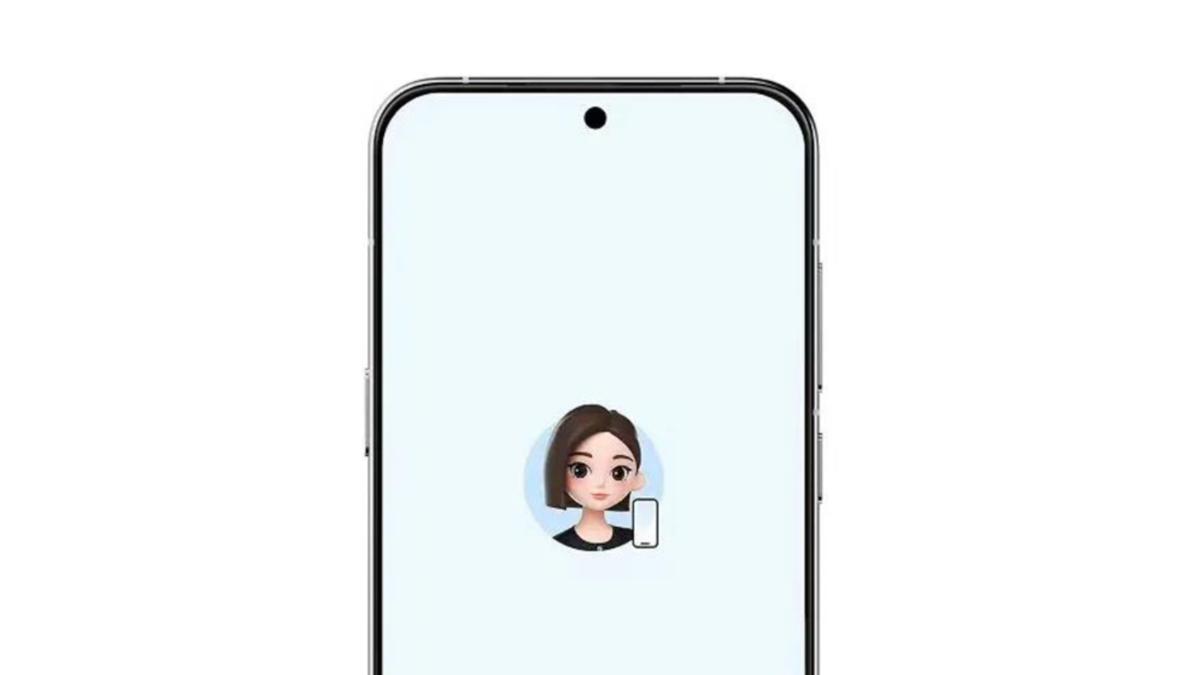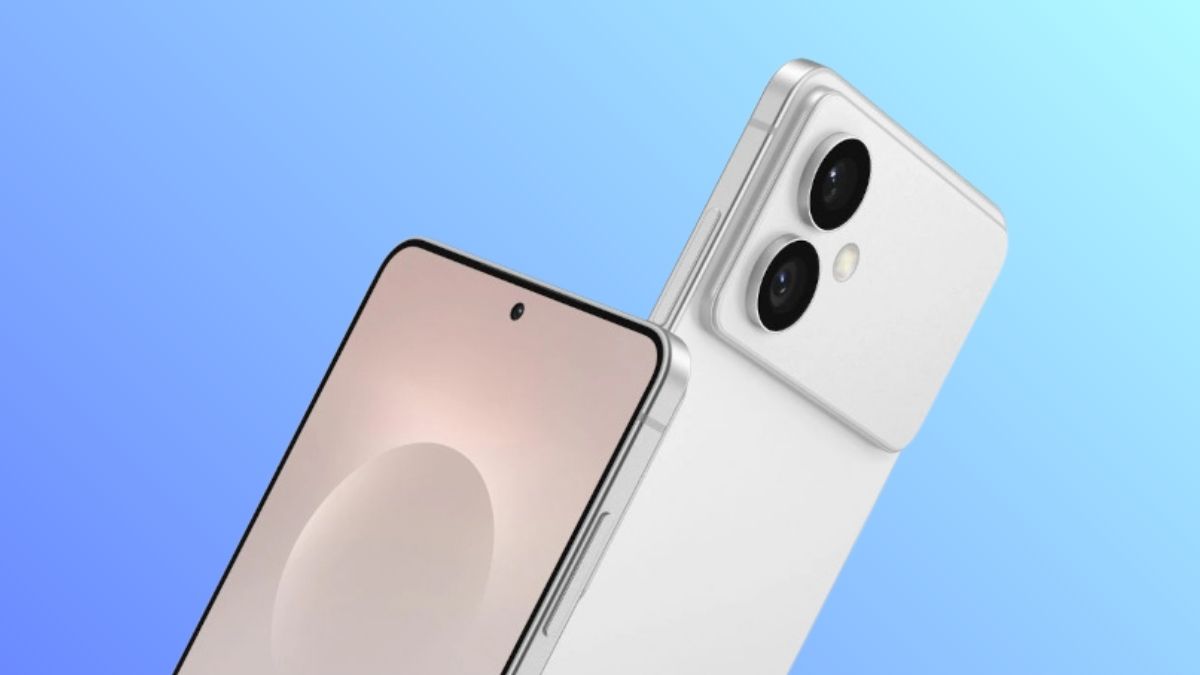Apple’s iPhone 16e is now the go-to budget-friendly model in the lineup, replacing the iPhone 14 at the $599 price point.
While both devices share several similarities, the iPhone 16e introduces major upgrades in performance, battery life, and AI capabilities. But does it make sense for iPhone 14 users to switch?
iPhone 16e: A Clear Upgrade Over iPhone 14
At first glance, the iPhone 16e improves almost every aspect of the iPhone 14. It features the A18 chip, 48MP camera, Apple Intelligence support, and a USB-C port for modern connectivity.
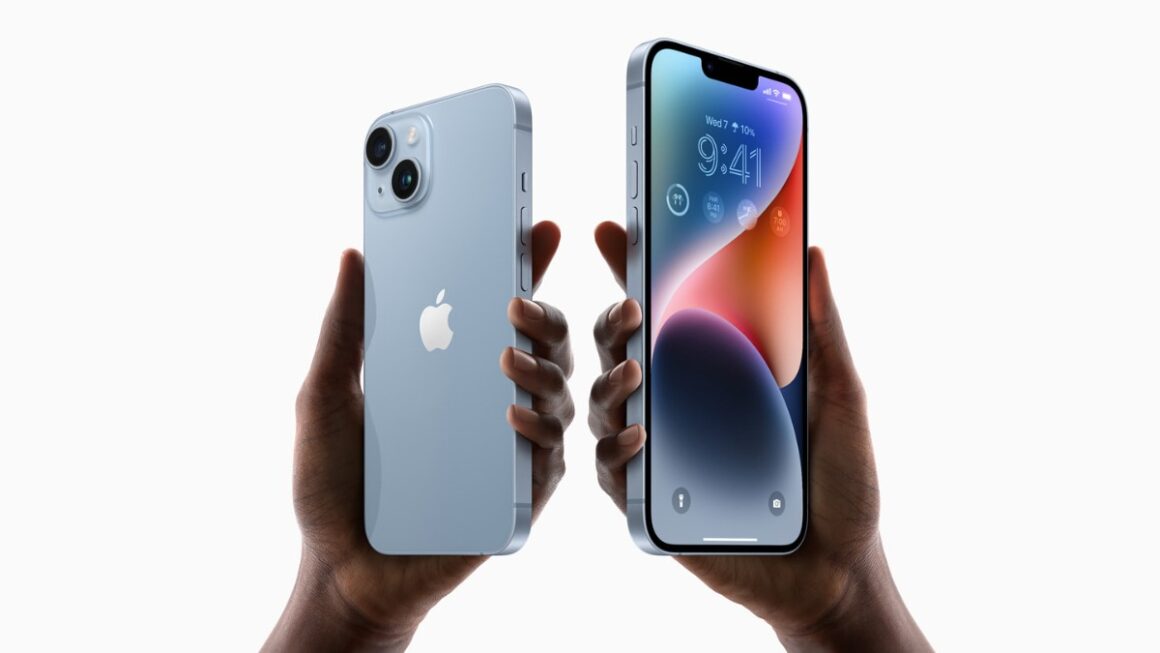
With 8GB of RAM, longer battery life (26 hours vs. 20 hours), and improved Smart HDR 5 for photos, the iPhone 16e brings a faster, smarter, and more efficient experience.
Apple’s Action Button also replaces the old Ring/Silent switch, adding more customization options. On the video side, wind noise reduction and audio mixing enhance recordings, making content creation smoother.
What You’ll Lose by Upgrading
However, the iPhone 16e does cut some features that iPhone 14 users may miss. The Ultra Wide camera and Macro mode are gone, meaning no 0.5x shots.
MagSafe support is also missing, limiting charging speeds and accessories. Additionally, Cinematic mode and Action mode for video, the Ultra Wideband chip, and one GPU core have been removed.
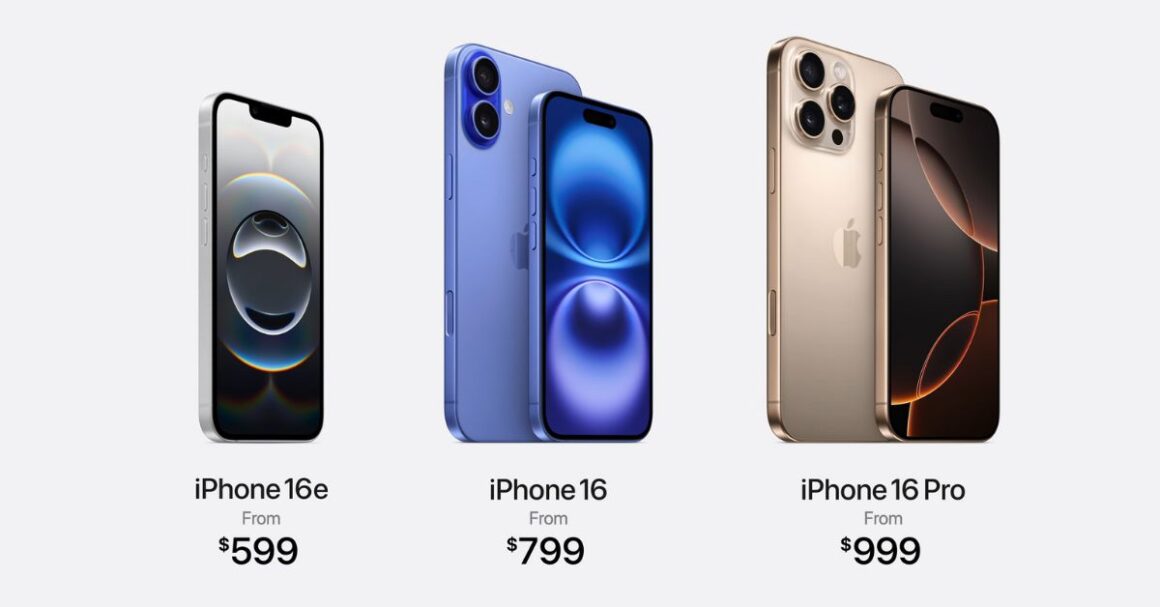
Is It Worth Upgrading?
For users who want better performance, AI features, and a longer battery, the iPhone 16e is an easy upgrade.
However, those who rely on Ultra Wide photography, MagSafe, or advanced video features might find these removals disappointing.
Ultimately, the iPhone 16e delivers powerful upgrades in a familiar package, but whether it’s a “no-brainer” upgrade depends on what features matter most to you.

